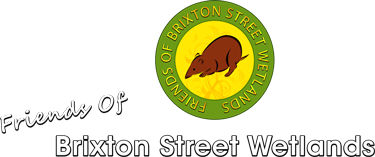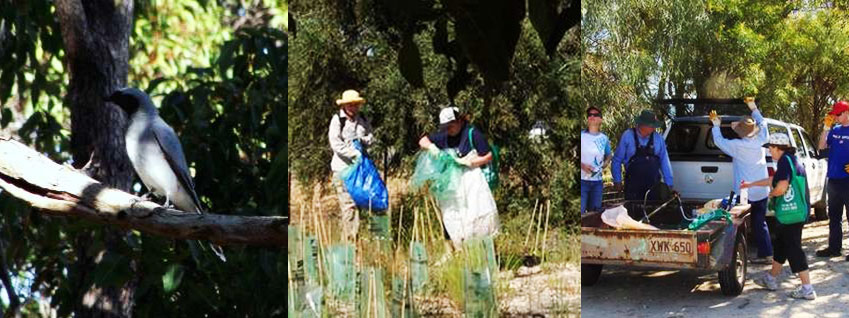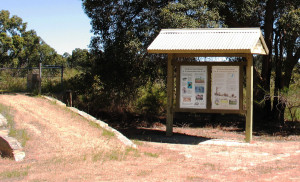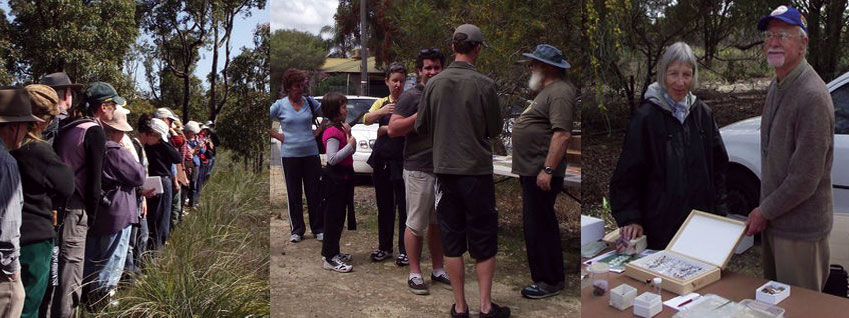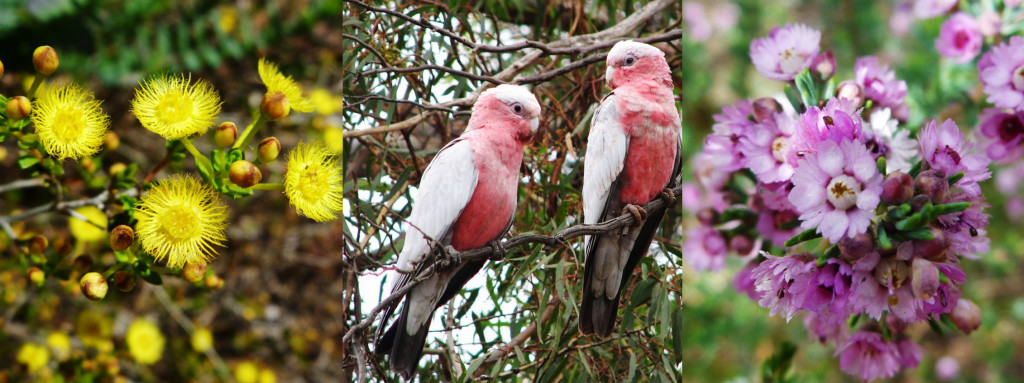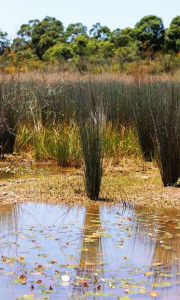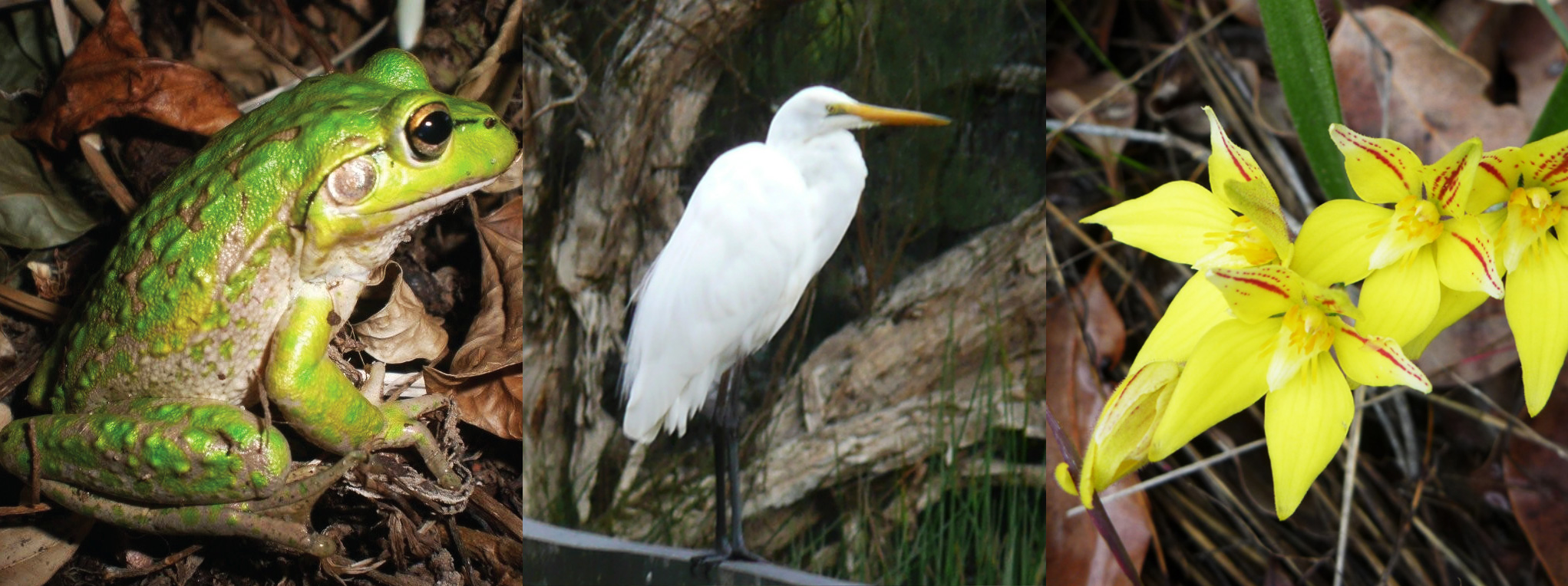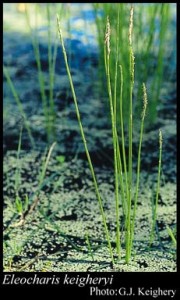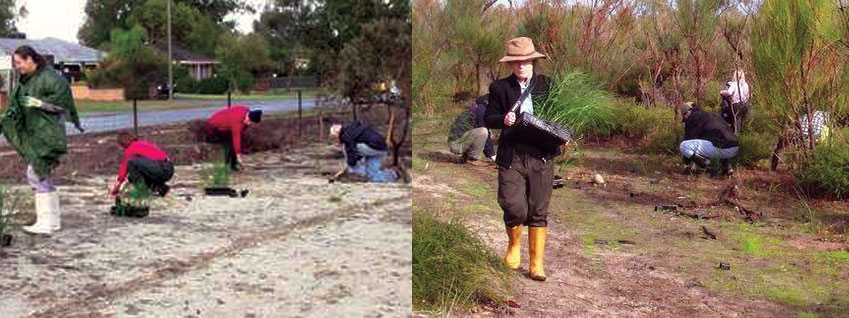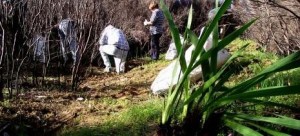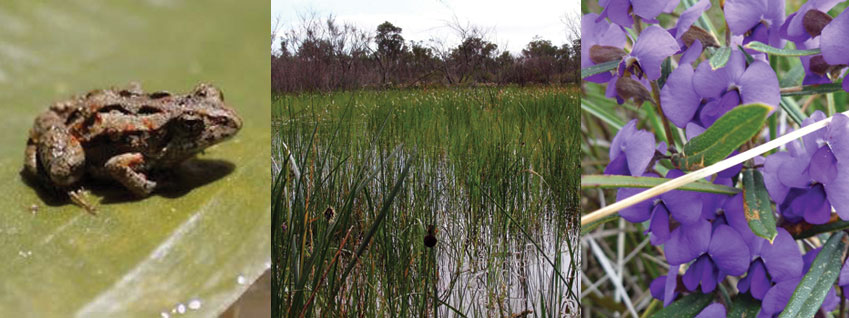 The outstanding conservation values of the Brixton St Wetlands are recognised in many ways. It is now part if the largest area of bushland remaining in the Pinjarra Plain in the Perth region.
The outstanding conservation values of the Brixton St Wetlands are recognised in many ways. It is now part if the largest area of bushland remaining in the Pinjarra Plain in the Perth region.
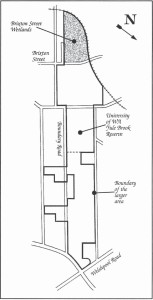 This continuous area of 126 hectares includes the Brixton Street Wetlands, the University of WA’s Yule Brook Reserve, and extends north-east as far as Welshpool Road and Tonkin Hwy. Known as the ‘Greater Brixton St Wetlands’ this area is protected as a bush forever site. This is the best and largest area of bushland remaining on extending to Welshpool Road in the north east. This larger area has over 500 types of wild flowers.
This continuous area of 126 hectares includes the Brixton Street Wetlands, the University of WA’s Yule Brook Reserve, and extends north-east as far as Welshpool Road and Tonkin Hwy. Known as the ‘Greater Brixton St Wetlands’ this area is protected as a bush forever site. This is the best and largest area of bushland remaining on extending to Welshpool Road in the north east. This larger area has over 500 types of wild flowers.
Bush Forever is a whole-of-government initiative that identifies regionally significant bushland and recommends it for protection. Bush Forever was released in December 2000 and includes some Swan Coastal Plain wetlands. Inclusion of these wetlands is based on the Water and Rivers Commission’s wetland mapping, classification and evaluation work and Department of Environmental Protection studies. Bush Forever is an important initiative for protecting the wetlands in the Perth region.
The Brixton St Wetlands now has a secure future. In 2004 it was purchased by the state government for conservation and put under the management of the Department of Conservation and Land Management (CALM). However numerous threats still remain. Our actions will determine whether it lives or slowly dies.
Please care for the wetlands by observing the following:
- All native flora and fauna are protected by law.
- Dogs disturb both flora and fauna, please leave them at home.
- Report all fires immediately, dial 000.
- please report any damage or vandalism as soon as possible to CALM on 9405 0700.
- remember, dumped rubbish and garden waste introduces weeds and diseases.
- Keep cats in at night, that’s when they hunt in the bush land.
- Take only photos, leave only footprints, please keep to the footpaths.
We all have a role to play, will you be friend of foe?
